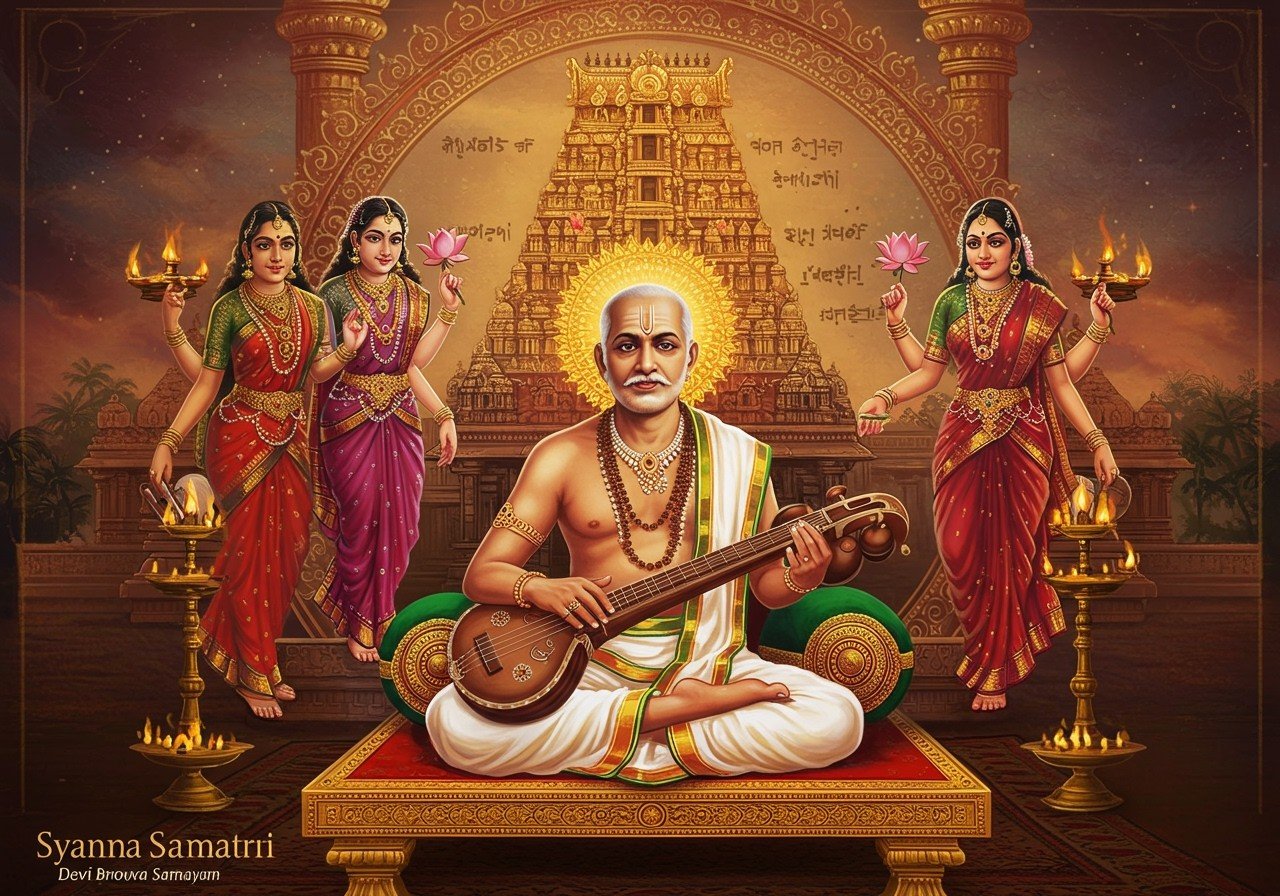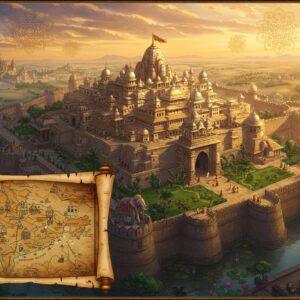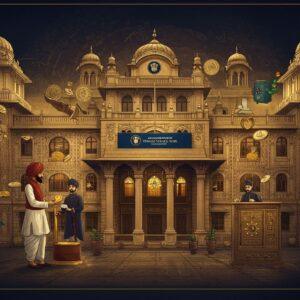
Embark on a melodic exploration of Syama Sastri’s life, a luminary of Carnatic music. As a member of the esteemed Carnatic music trinity, Sastri’s contributions have profoundly shaped India’s cultural heritage. Delve into the intricacies of his compositions, the historical backdrop of his time, and the enduring significance of Carnatic music in preserving Indian traditions in our contemporary world.
Early Life and Cultural Context
Syama Sastri was born in 1762 in Thiruvarur, Tamil Nadu, a hub of musical richness. His family, particularly his father, Viswanatha Iyer, played a pivotal role in nurturing his musical talents. The 18th-century socio-political climate of South India significantly influenced artistic expression. Temple culture, a cornerstone of community life, provided Sastri with early training in Sanskrit and music. His mentorship under Adiappayya, a celebrated musician, set the stage for his remarkable musical odyssey.
Musical Contributions and Unique Style
Syama Sastri’s compositions are renowned for their intricate rhythmic structures and profound emotional depth. His mastery of complex tala patterns, such as Misra Chapu and Khanda Chapu, distinguishes his work. A devout follower of Goddess Kamakshi, his kritis eloquently express his spiritual devotion. Masterpieces like ‘Devi Brova Samayamide’ and ‘Kamakshi Navavarna’ exemplify his lyrical genius and musical complexity, leaving an enduring impact on generations of Carnatic musicians. You can find items related to Goddess Kamakshi worship on poojn.in.
Legacy and Influence on Carnatic Music
Syama Sastri occupies a unique position within the Carnatic music trinity, alongside Tyagaraja (1767–1847) and Muthuswami Dikshitar (1776–1835). His compositions, preserved through oral tradition, continue to resonate in contemporary Carnatic music performances. His innovative approach continues to inspire modern composers and musicians. His lineage, including his son Subbaraya Sastri and grandson Annaswami Sastri, has played a vital role in carrying forward his musical legacy.
Explore a wide range of traditional instruments and puja items at poojn.in to enhance your Carnatic music experience.
Philosophical and Spiritual Influence
Deeply rooted in Bhakti, Sastri’s compositions are a testament to his spiritual devotion expressed through music. He seamlessly integrated spiritual themes into his work, reflecting his personal beliefs and portraying divine femininity, particularly Goddess Parvati, with profound reverence. These spiritual themes continue to resonate with audiences, offering insights into his philosophical perspectives and the cultural significance of his era. You can explore various spiritual items and puja samagri related to Goddess Parvati at Poojn.in.
Poojn.in: Supporting Your Musical and Spiritual Journey
Poojn.in, India’s leading Dashakarma Bhandar, provides authentic puja items that connect you with the divine essence of music and learning, essential for both musicians and devotees interested in Syama Sastri’s musical legacy and Carnatic traditions.
We offer:
- High-quality brass and copper bells: Experience the pure, resonant sound essential for traditional ceremonies and musical practices. These bells are crafted with precision and care, ensuring an authentic sound that elevates your spiritual experience. Browse our selection here.
- Traditional musical instruments: Enhance your devotional practices with authentic instruments, carefully chosen for their quality and traditional significance. These instruments serve as a bridge between the physical and spiritual realms.
- Items for Saraswati Puja: Honor the goddess of knowledge and arts with specialized puja items that enhance your connection to learning and creativity. Our collection includes a variety of items to create a sacred space for your puja.
- Pure Cotton Vastrams: Attire yourself in pure cotton vastrams, ideal for musical performances and spiritual gatherings. The purity of the fabric symbolizes reverence and respect.
- Authentic Kumkum and Chandanam: Complete your traditional rituals with authentic kumkum and chandanam, sourced with care and reverence. These sacred substances add an element of purity and tradition to your practices.
Our products meet stringent standards of purity and authenticity. We recognize the sacred bond between music and spirituality in Indian classical traditions.
To explore our collection or seek expert advice:
- Visit: www.poojn.in
- Call: 03369029784
- WhatsApp: 9476142738
All items are carefully packaged and delivered safely across India. Our dedicated team ensures each product retains its sacred purpose while meeting modern quality standards.
A Timeless Musical Heritage
Syama Sastri’s legacy remains a timeless treasure in the world of Carnatic music. His compositions echo the rich traditions and spiritual depth of a bygone era, seamlessly weaving cultural heritage with devotional fervor. His musical genius not only enriched the art form but also touched the hearts of countless admirers across generations. His works, imbued with intricate rhythms and emotive melodies, continue to inspire musicians and enthusiasts, both seasoned and young.
FAQs on Syama Sastri
Who was Syama Sastri? Syama Sastri (1762–1827) was a renowned Carnatic music composer celebrated for his devotion and significant contributions to South Indian classical music.
What is the significance of his compositions? His compositions are admired for their intricate rhythmic patterns, deep emotional expression, and devotional focus, often praising Goddess Kamakshi. They are a testament to his mastery of tala and raga.
How many compositions did he write? While Syama Sastri composed around 300 pieces, a smaller portion is accessible today, encompassing kritis, swarajatis, and varnams, each showcasing his distinctive style.
What languages did he use? He primarily composed in Telugu and Sanskrit, utilizing rich and expressive language to convey his devotion and emotional depth.
What was unique about his musical style? His musical style stands out due to its complex rhythmic structures and use of rare ragas, distinguishing him from other composers of his time and contributing to the evolution of Carnatic music.
How did he influence Carnatic music? His compositions are integral to the Carnatic music repertoire, with their intricate rhythms and melodic innovations influencing generations of musicians and continuing to be performed today.
Did he belong to any particular musical lineage? Yes, he is revered as part of the Trinity of Carnatic music, along with Tyagaraja and Muthuswami Dikshitar, each making invaluable contributions to the genre.
Where did he spend most of his life? He resided primarily in Thanjavur, Tamil Nadu, a region deeply rooted in musical and religious traditions, which significantly shaped his life and artistic pursuits.


